ESMO 21st World Congress on Gastrointestinal Cancer
3-6 July 2019 Barcelona
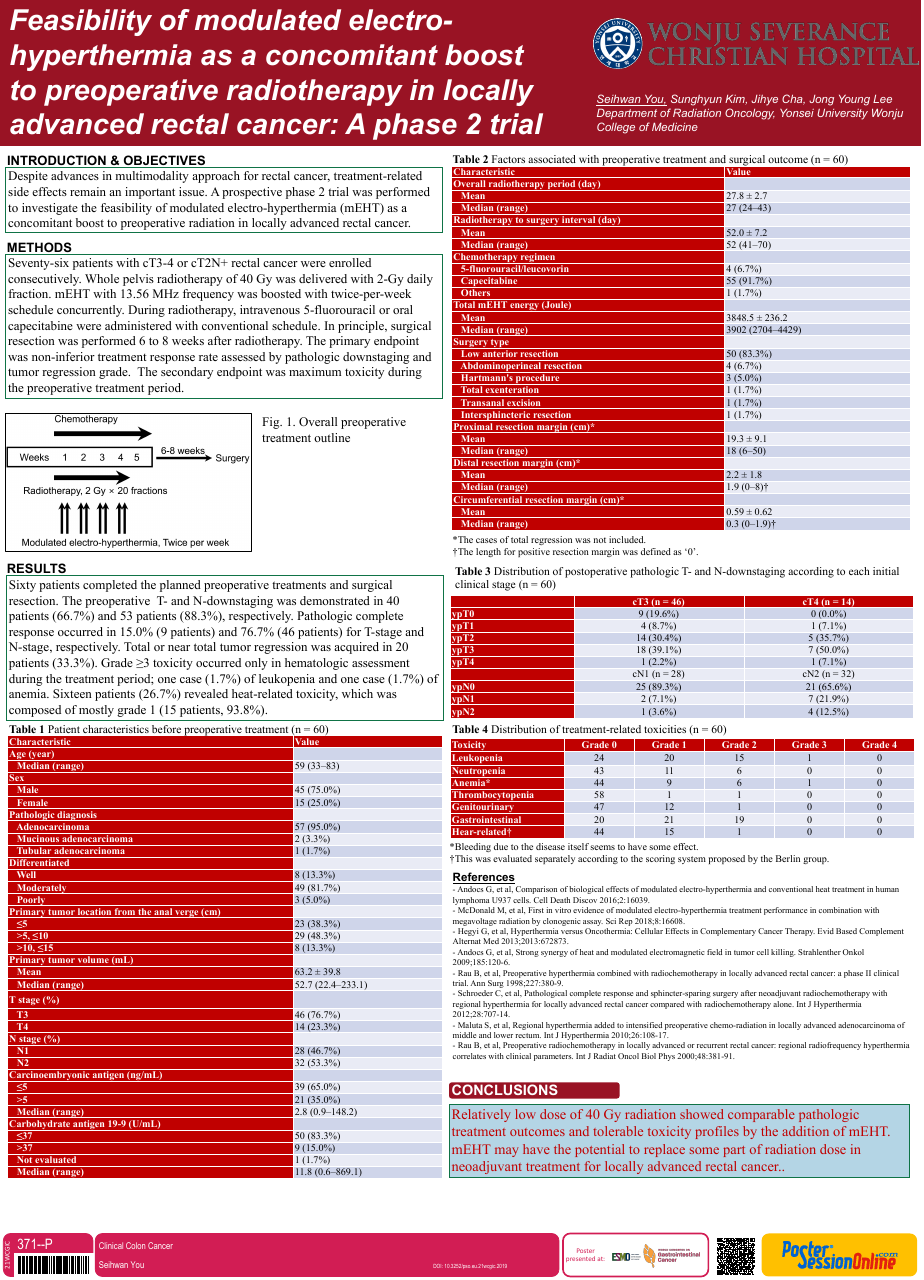
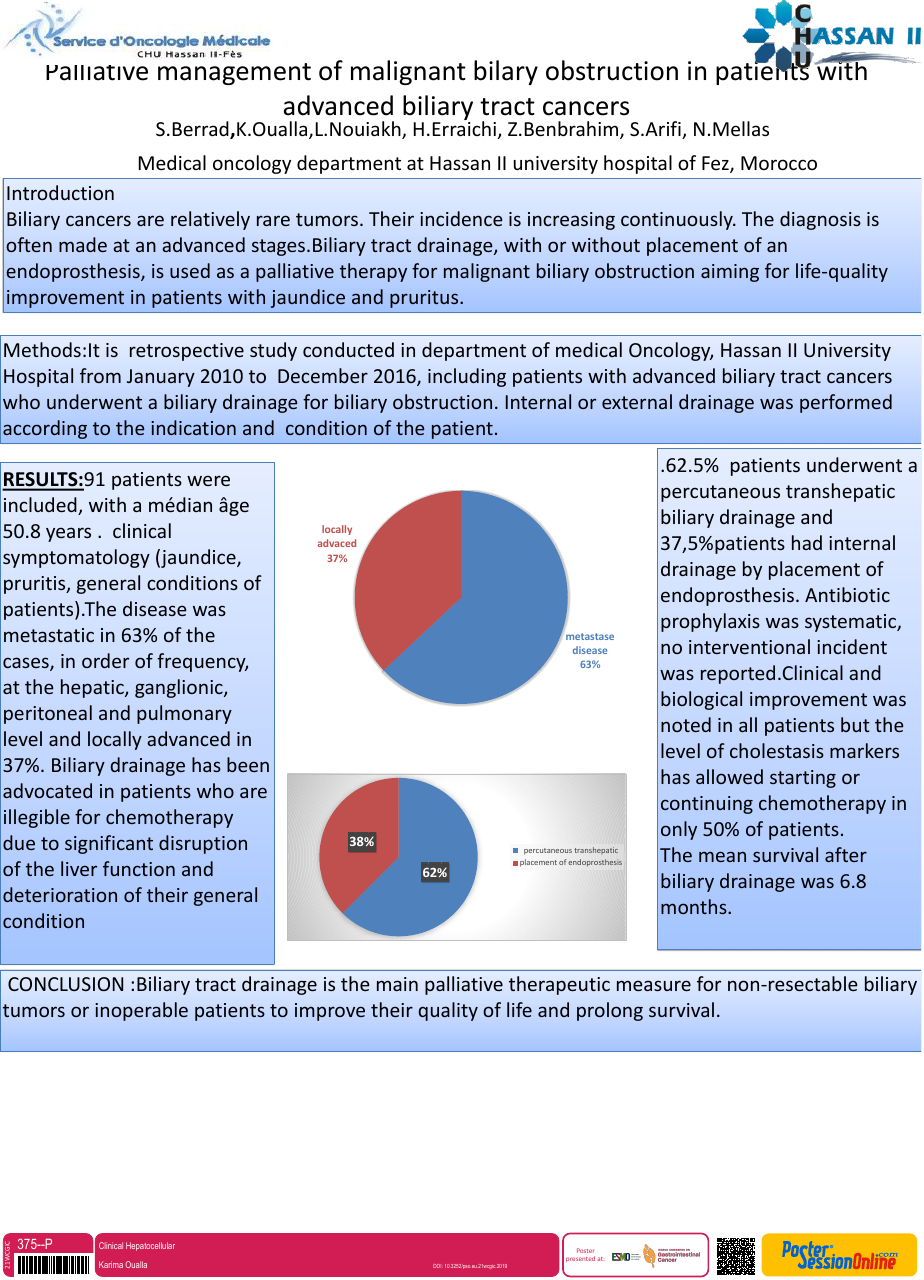
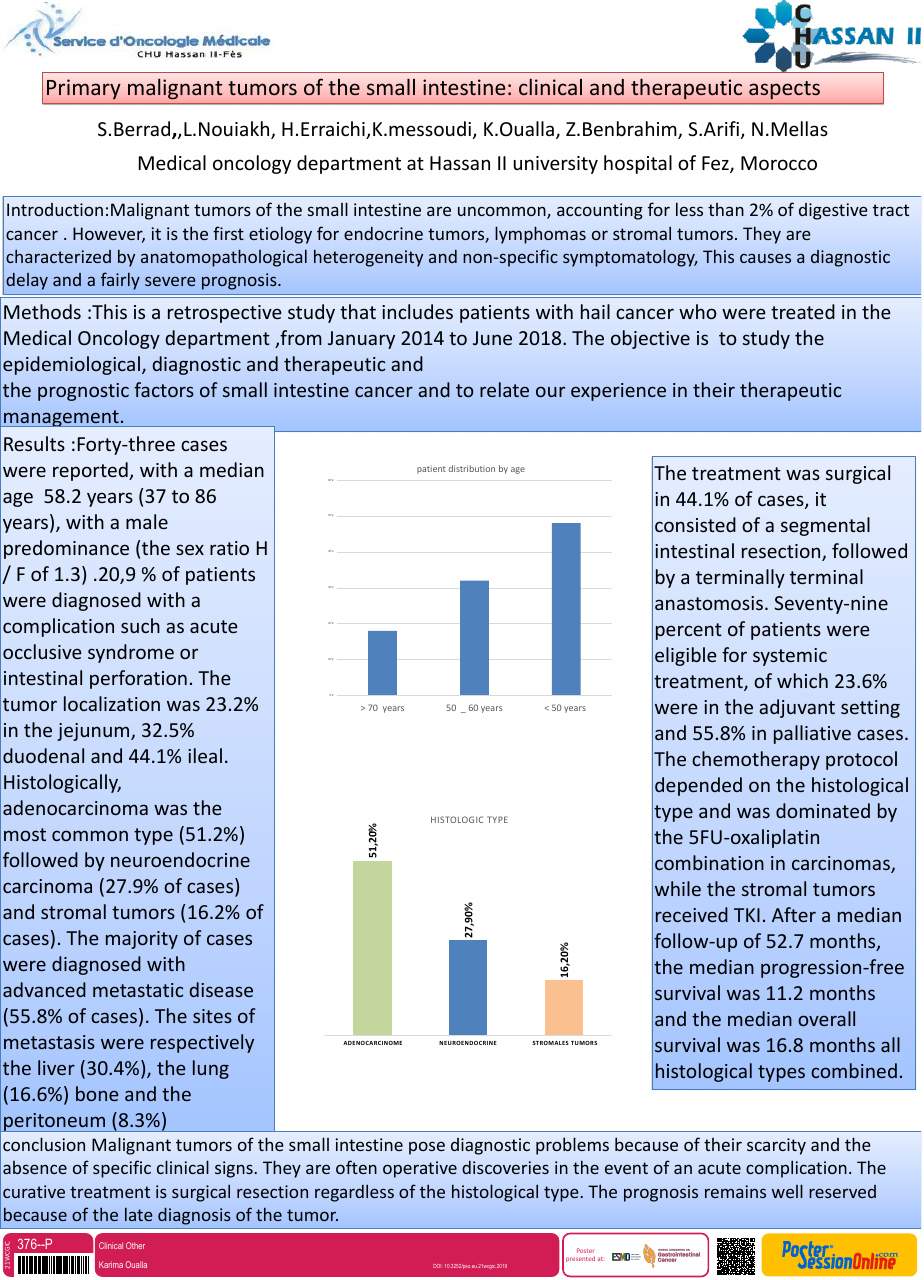
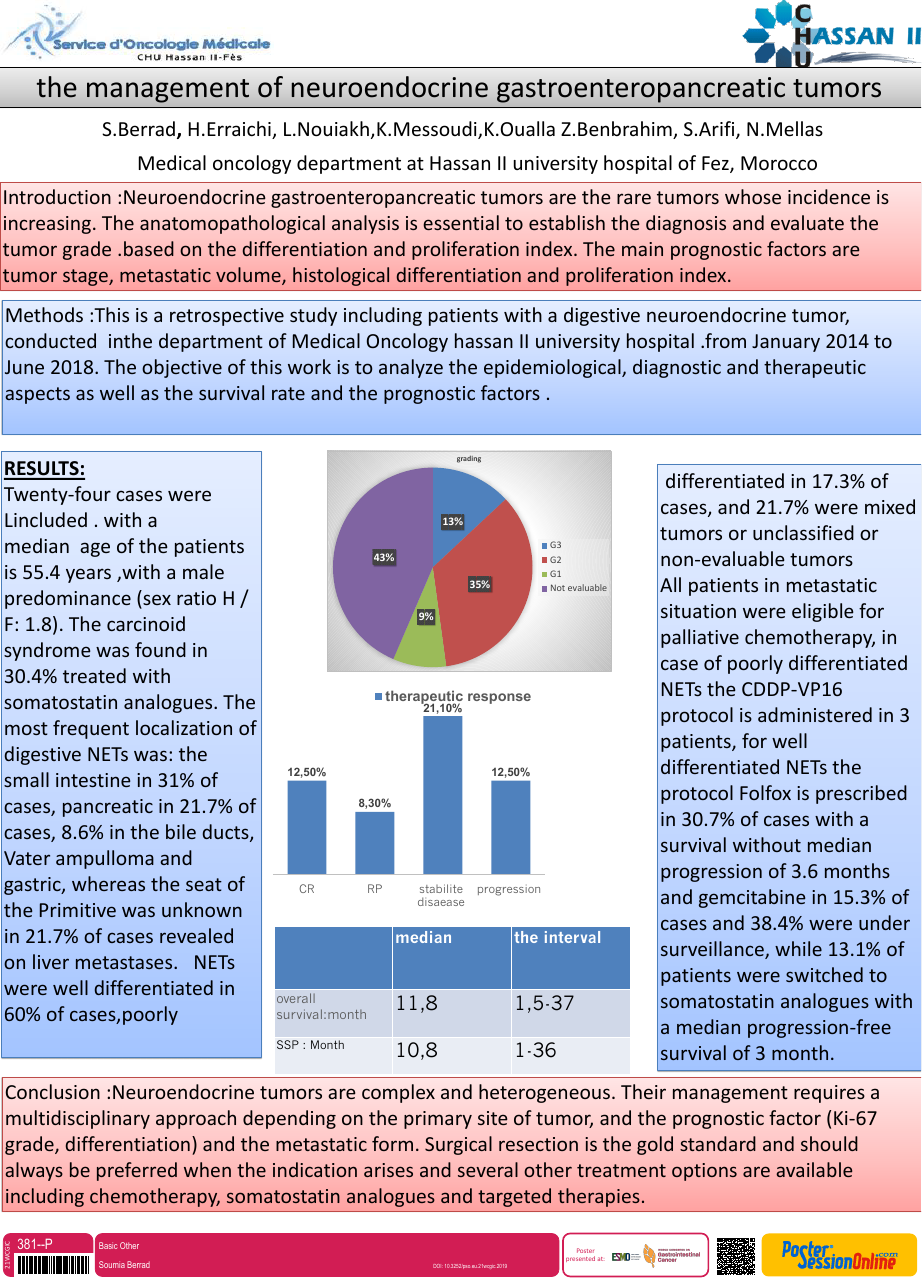
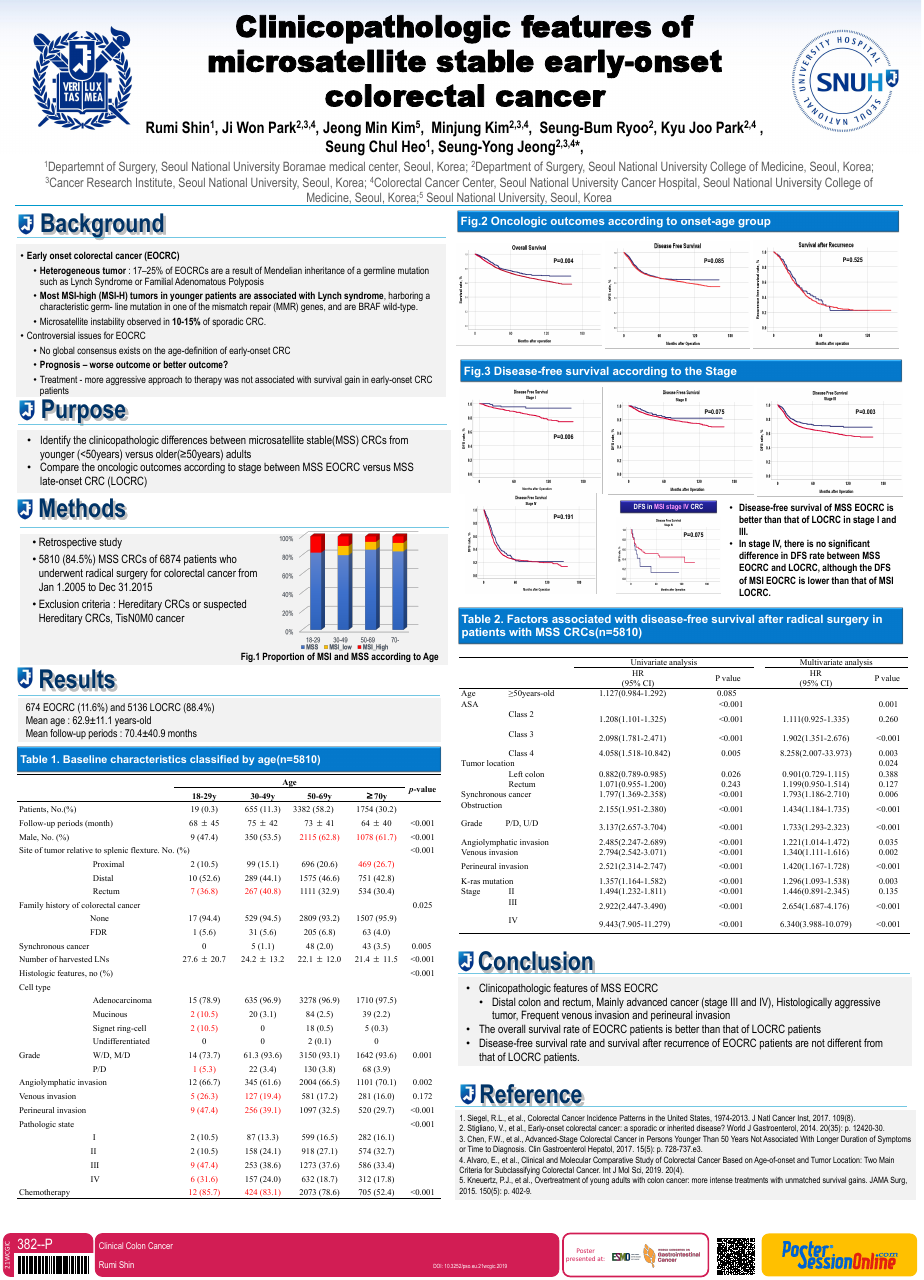
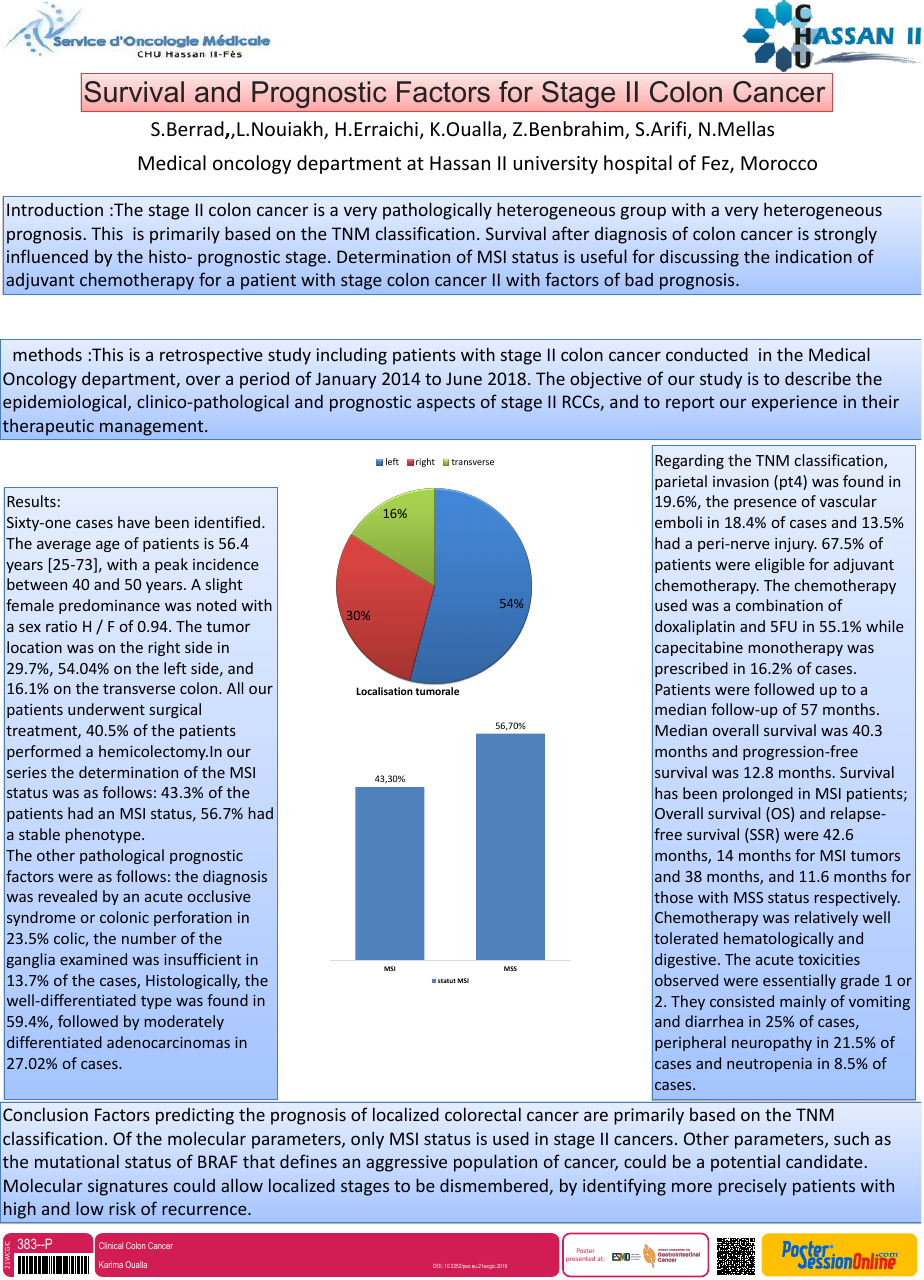
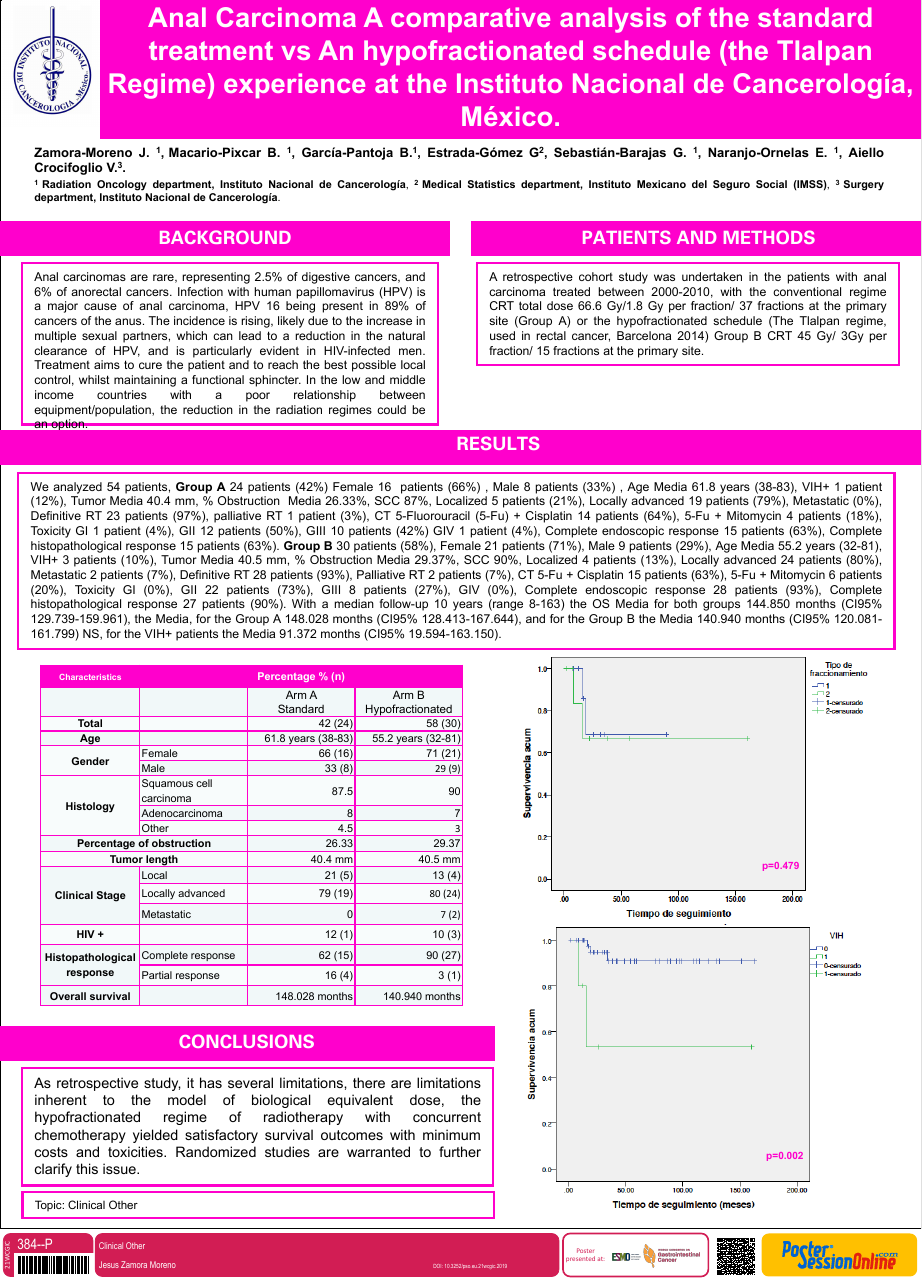
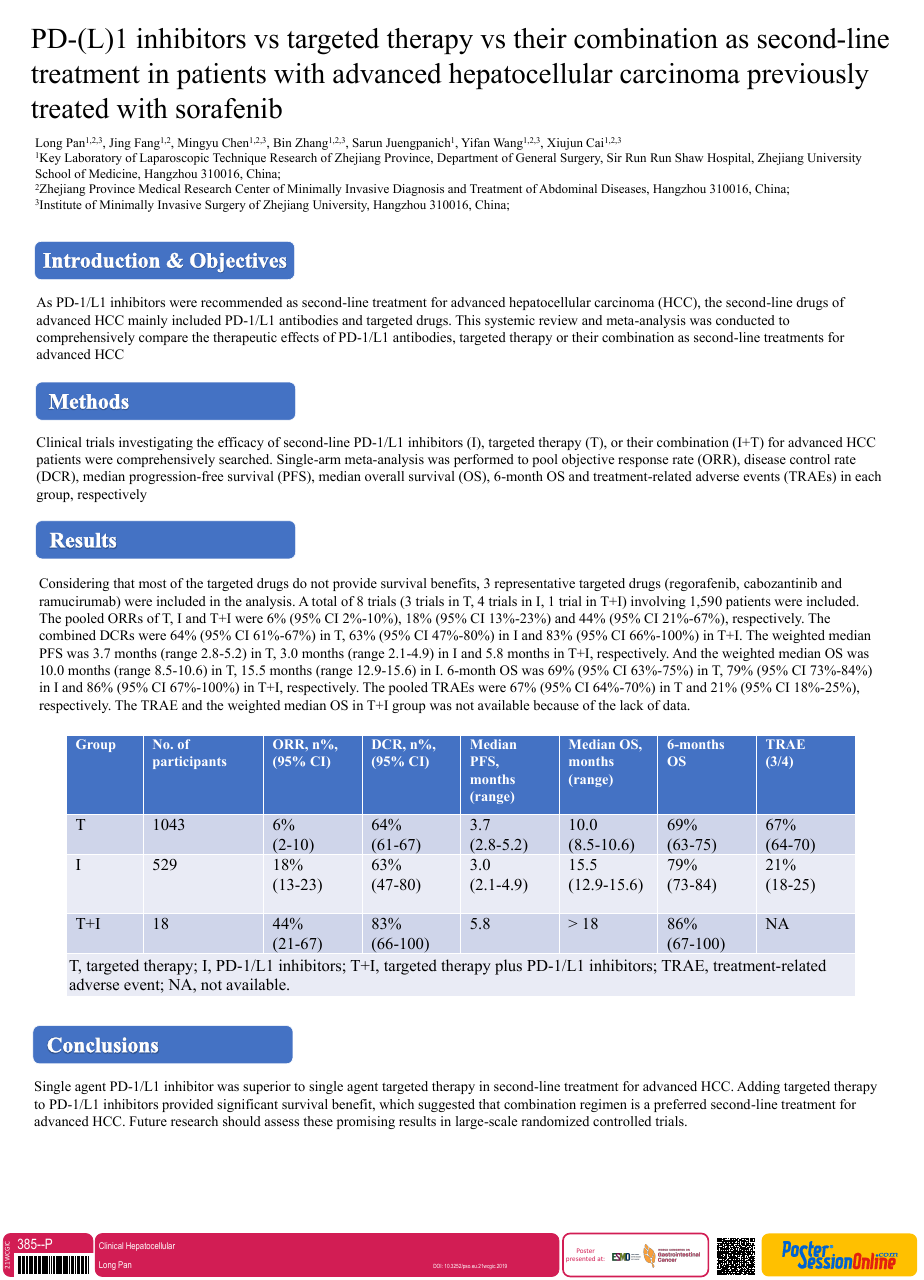
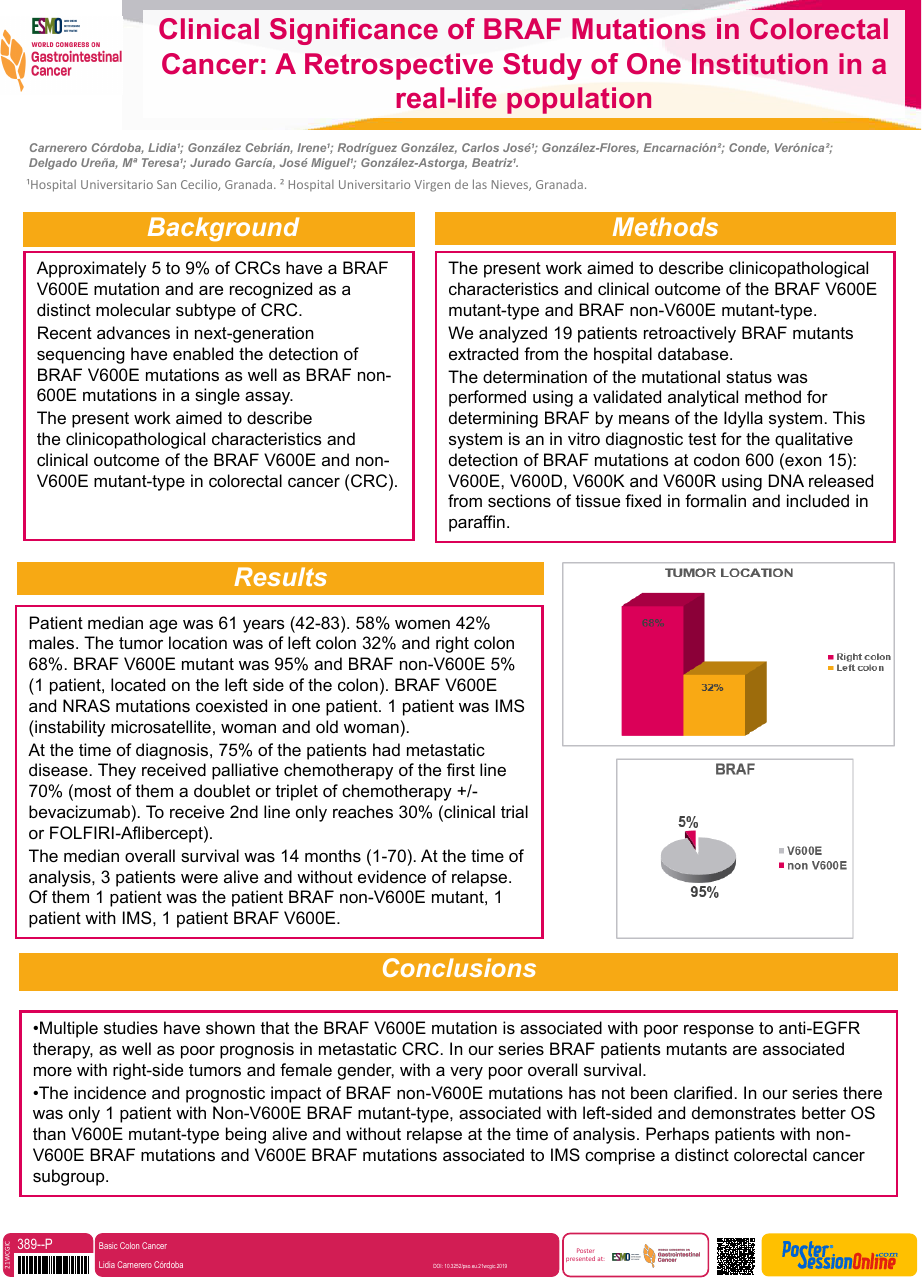
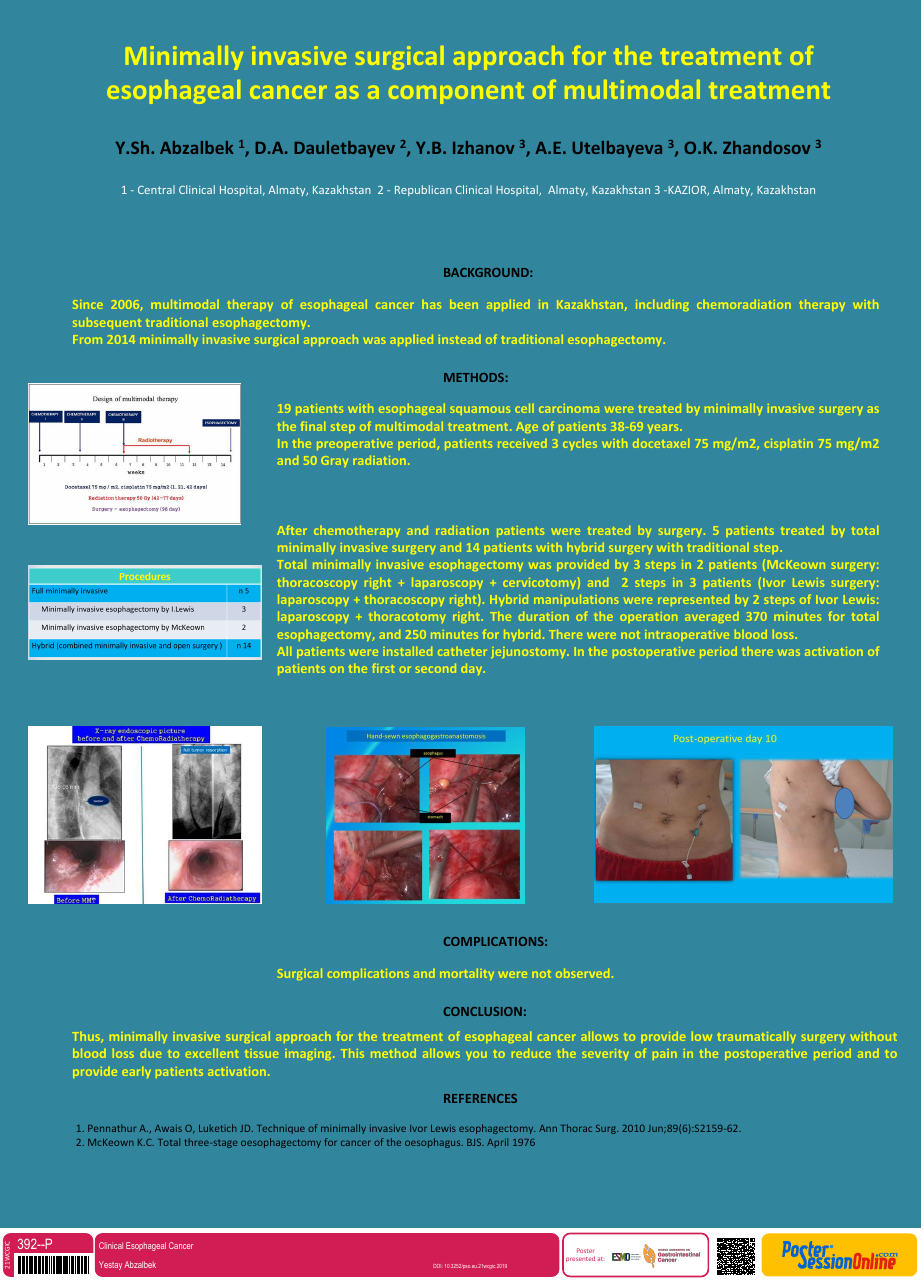
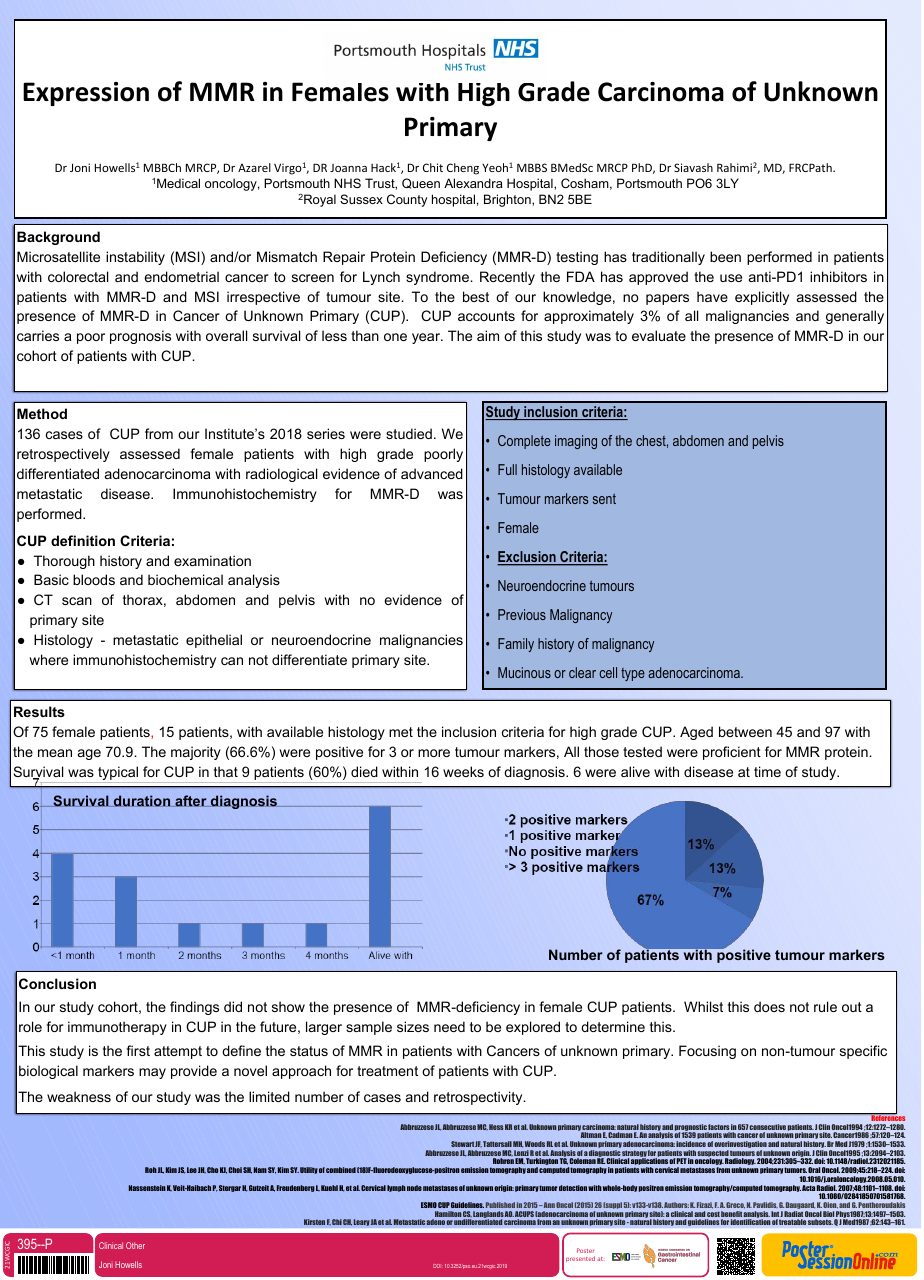
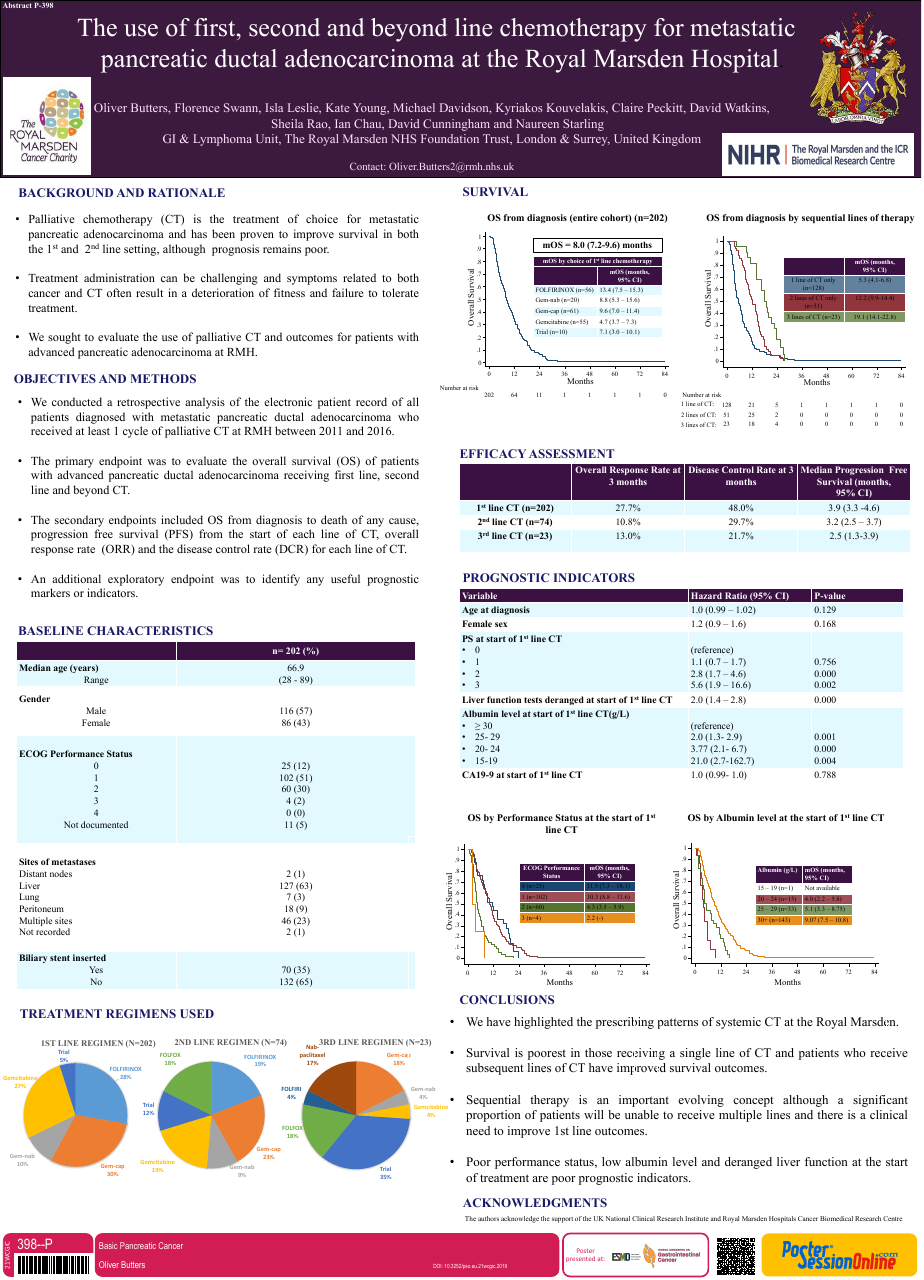
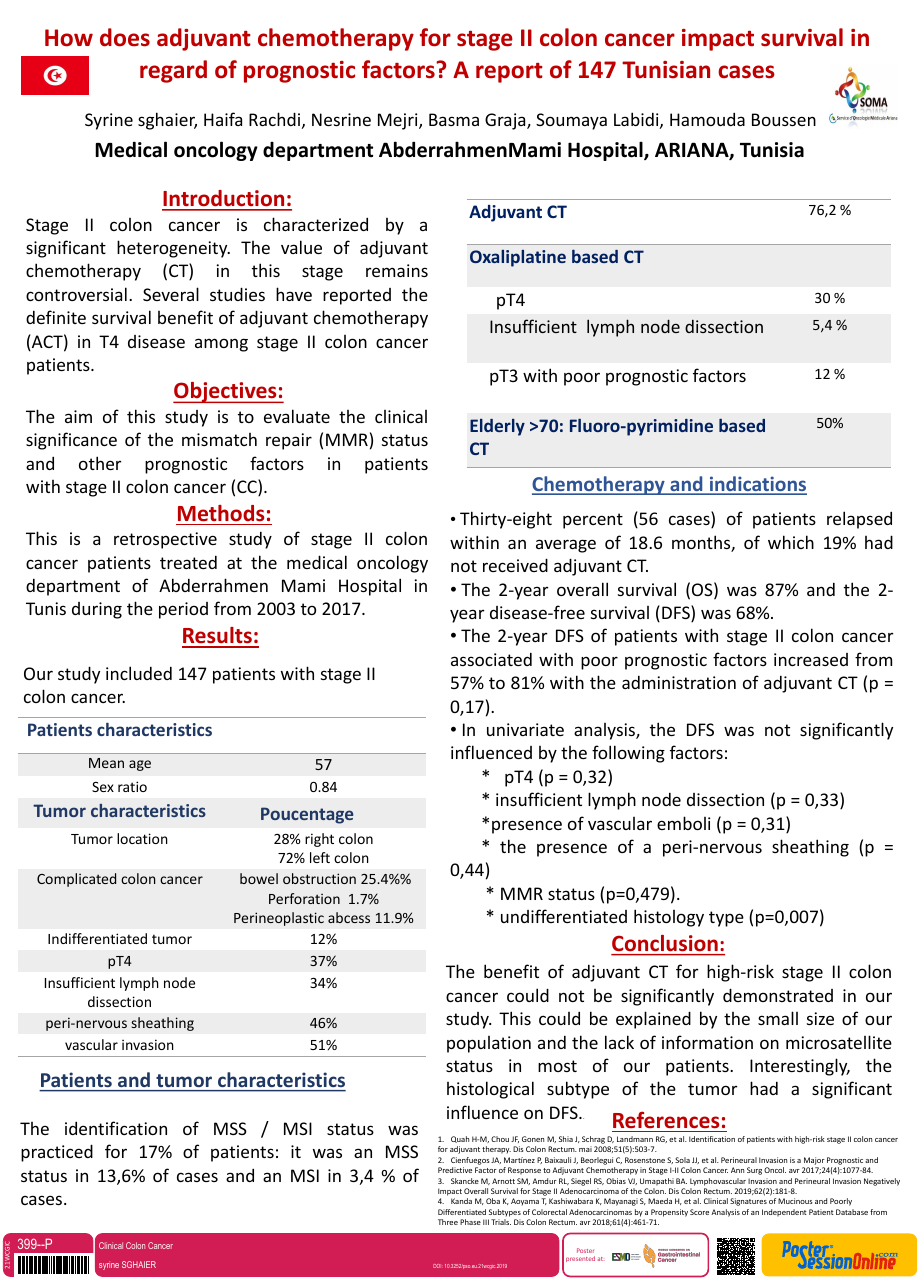
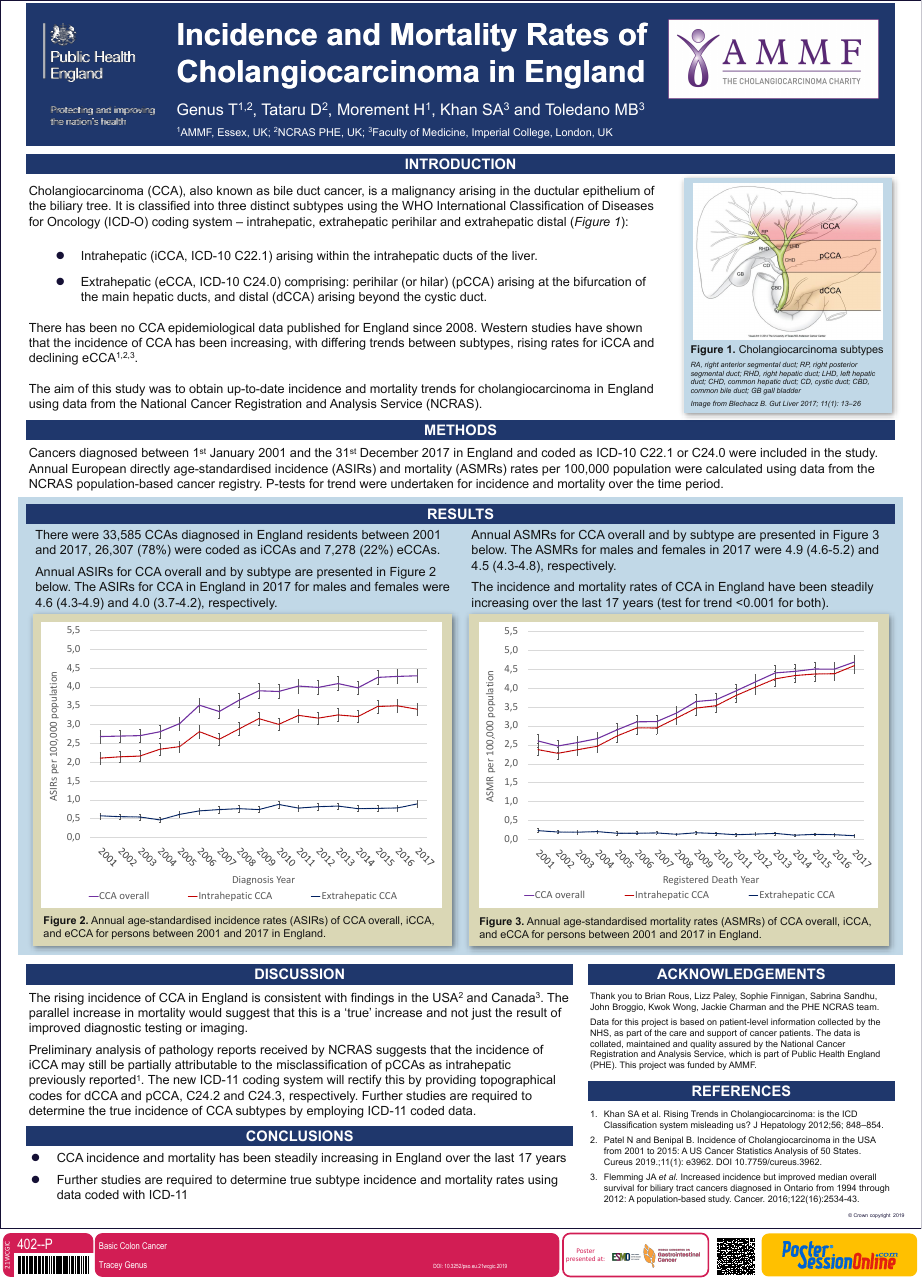
| Feasibility of modulated electro-hyperth.. | Seihwan You .. | .. | Clinical Colon Cancer.. | - - | |
| Palliative management of malignant bilia.. | Karima Oualla .. | .. | Clinical Hepatocellular.. | - - | |
| Primary malignant tumors of the small in.. | Karima Oualla .. | .. | Clinical Other.. | - - | |
| The management of neuroendocrine gastroe.. | Soumia Berrad .. | .. | Basic Other.. | - - | |
| Clinicopathologic feature of microsatell.. | Rumi Shin .. | .. | Clinical Colon Cancer.. | - - | |
| Survival and prognostic factors for stag.. | Karima Oualla .. | .. | Clinical Colon Cancer.. | - - | |
| Anal Carcinoma A comparative analysis of.. | Jesus Zamora Moreno .. | .. | Clinical Other.. | - - | |
| PD-(L)1 inhibitors vs targeted therapy v.. | Long Pan .. | Jing Fang, Mingyu Chen, Bin Zh.. | Clinical Hepatocellular.. | - - | |
| Clinical Significance of BRAF Mutations .. | Lidia Carnerero Córdoba .. | .. | Basic Colon Cancer.. | - - | |
| Minimally invasive surgical approach for.. | Yestay Abzalbek .. | D.A. Dauletbayev, Y.B. Izhanov.. | Clinical Esophageal Cancer.. | - - | |
| Expression of MMR in Women High Grade Ca.. | Joni Howells .. | Dr Azarel Virgo, DR Joanna Hac.. | Clinical Other.. | - - | |
| The use of first, second and beyond line.. | Oliver Butters .. | .. | Basic Pancreatic Cancer.. | - - | |
| How does adjuvant chemotherapy for stage.. | syrine SGHAIER .. | Haifa Rachdi, Nesrine Mejri, B.. | Clinical Colon Cancer.. | - - | |
| Incidence and mortality rates of cholang.. | Tracey Genus .. | DanielaTataru Helen MorementSh.. | Basic Colon Cancer.. | - - | |
Abstract
Thunderstorm-related asthma in patients sensitised to olea europaea pollen: twenty emergency department visits for asthmatic symptoms in one single day Losappio, Laura1; Heffler, Enrico2; Falco, Antonio1; Contento, Francesco1; Cannito, Cosimo1; Rolla, Giovanni2 1"Dimiccoli" Hospital, Emergency Department, Barletta, Italy; 2University of Torino - AO Mauriziano "Umberto I", Allergy and Clinical Immunology, Torino, Italy
Background: Associations between thunderstorm and asthma morbidity have been reported in several countries. Common to all epidemics of thunderstorm-related asthma is a significant increase in atmospheric allergen load during and immediately after a thunderstorm. Sensitization to Alternaria species or to grass and parietaria pollens has been suggested to play a key role in thunderstorm-related asthma. The only reported event of thunderstorm-related asthma in Mediterranean area was attributed to sensitization to parietaria pollen.
Method: here we describe a series of 20 patients who presented to Emergency Department in Barletta (94,000 inhabitants), Puglia (Italy) for sudden and severe asthmatic symptoms between May 27th and 28th 2010 (from15:36 to 5:02), immediately after a violent thunderstorm which occurred following a very hot morning (mean temperature: 29°C). All the patients have been subsequently visited by an allergist and underwent allergological work-up which included skin prick tests and a careful clinical history. Local pollen counts were available.
Result: Between May 10th and June 10th 2010, 86 Emergency Department asthma visits were recorded, 20 of them during the study day. Patients' mean age was 44.25 +/- 18.5 years (range: 9-81), 8/20 females, 2 smokers, 16 with a previous history of known respiratory allergy. Only two patients regularly took anti-asthma drugs. All 20 patients were sensitized to Olea europaea pollen, 7 of whom were monosensitized. Ten patients were sensitized to grass, 7 to parietaria, 5 to compositae, 5 to cypress, 5 to house dust mites, 3 to dog and 1 to cat danders. No patient was sensitized to Alternaria. Mean pollen count was 17 granules/m3 for Olea europaea, 6 granules/m3 for grass pollen.
Conclusion: This is, in our knowledge, the second epidemic of thunderstorm related asthma described in Mediterranean area and the first one in which sensitization to Olea europaea played a key-role. In conclusion, our report indicates that thunderstorm asthma may involve different allergens (not only fungal spores and grass or parietaria pollen) in different geographic areas, depending on the seasonality of thunderstorms and allergenic pollen.